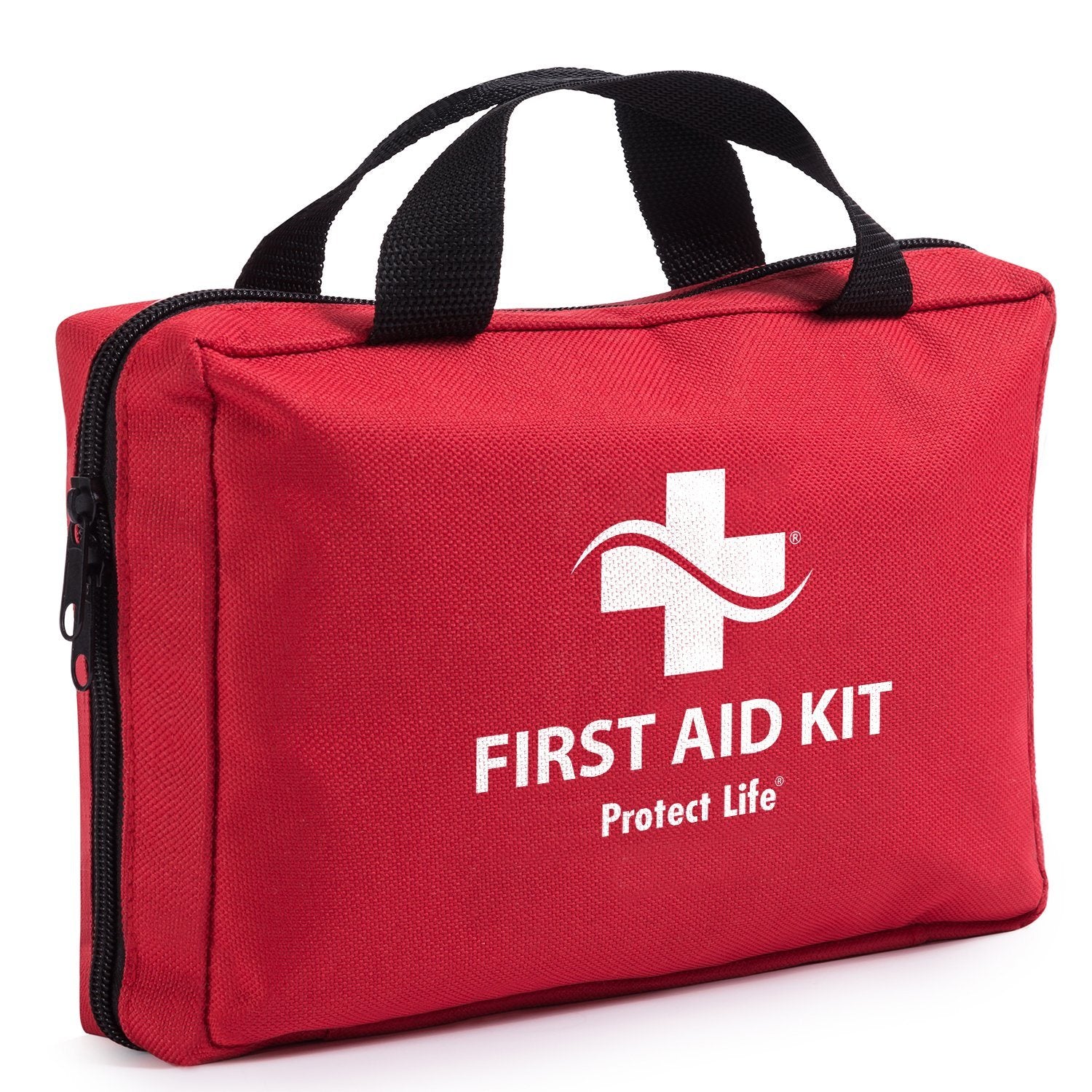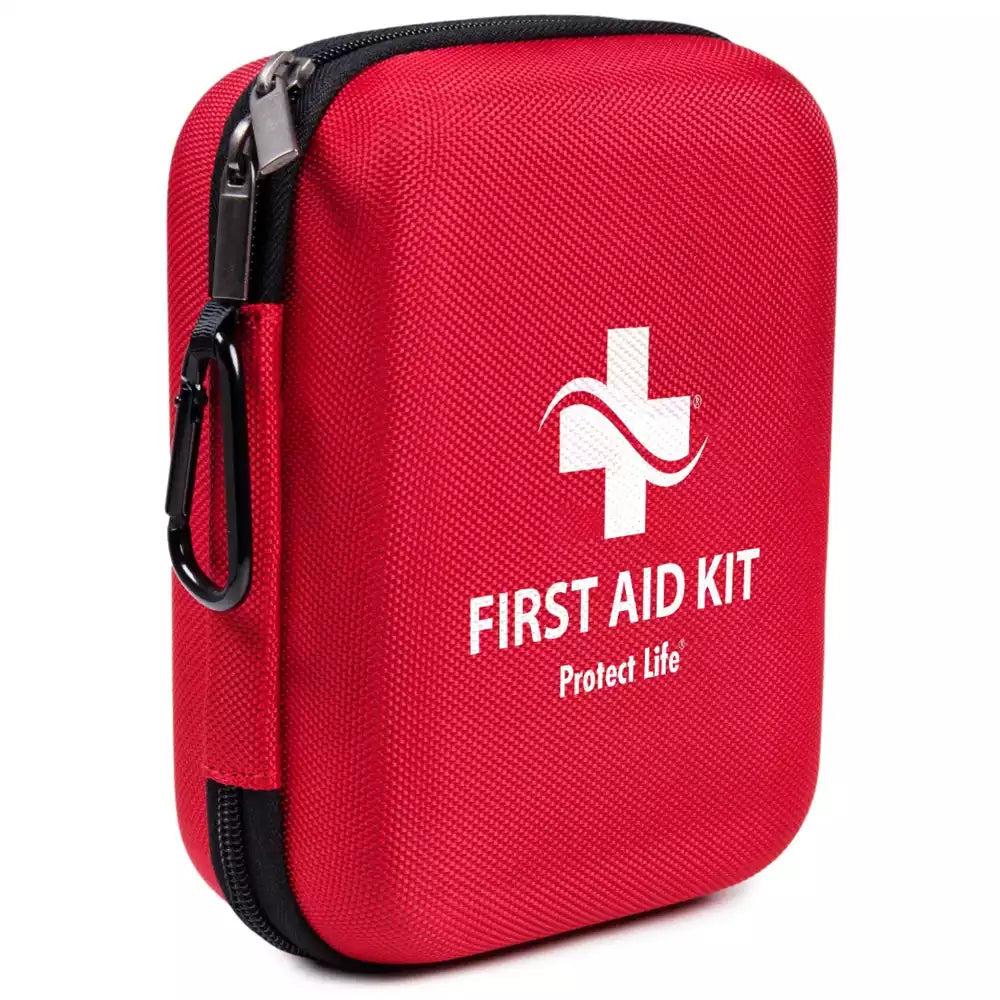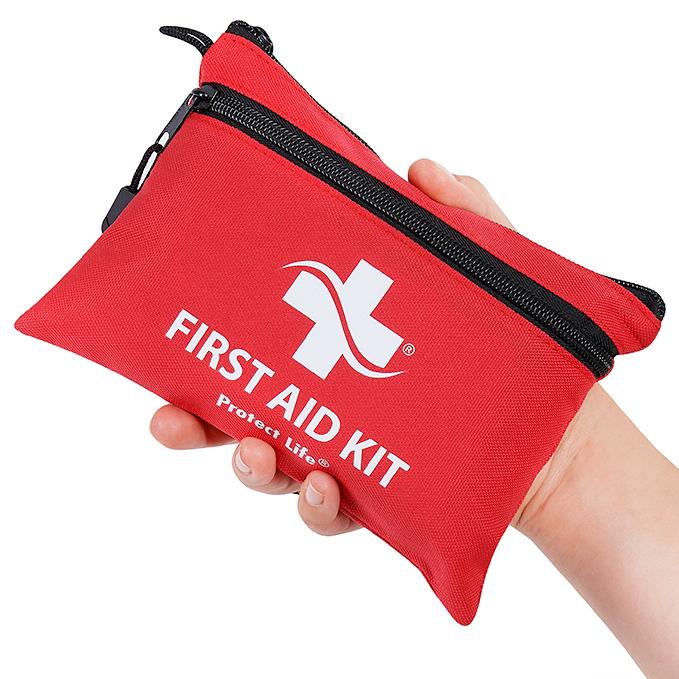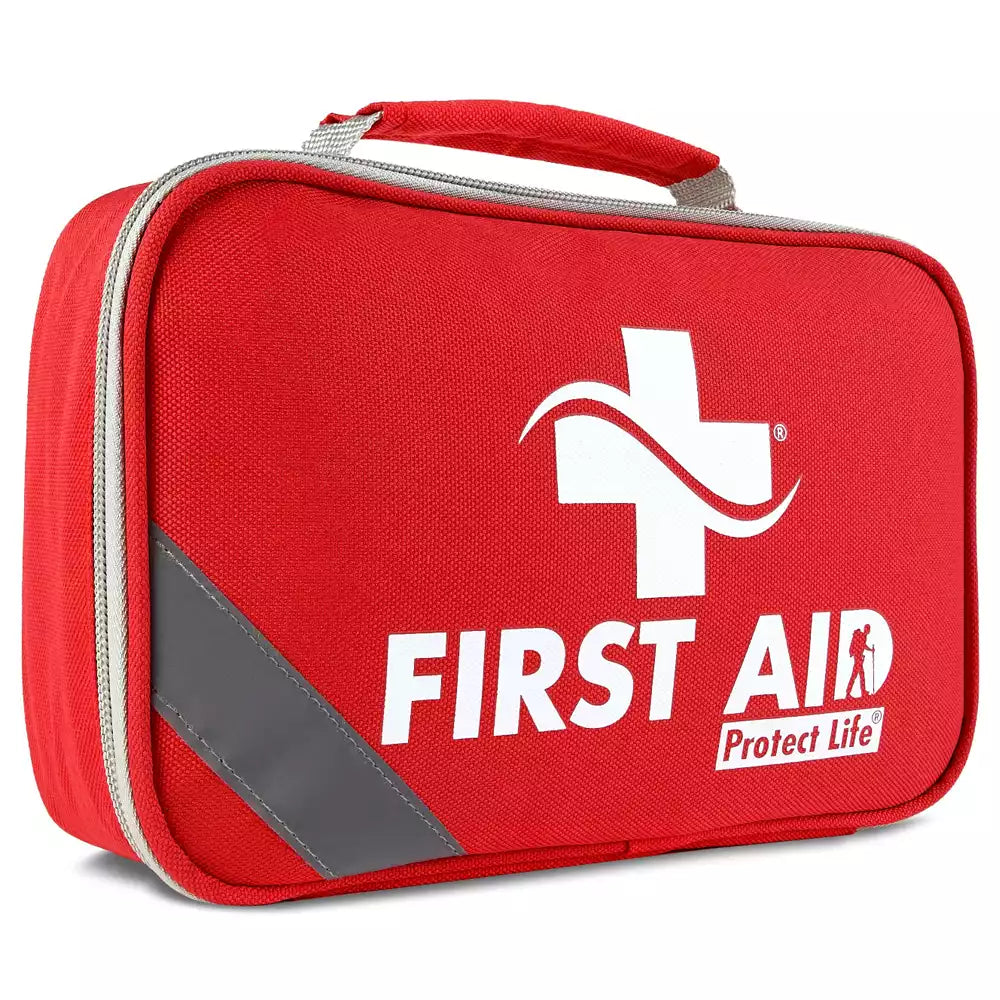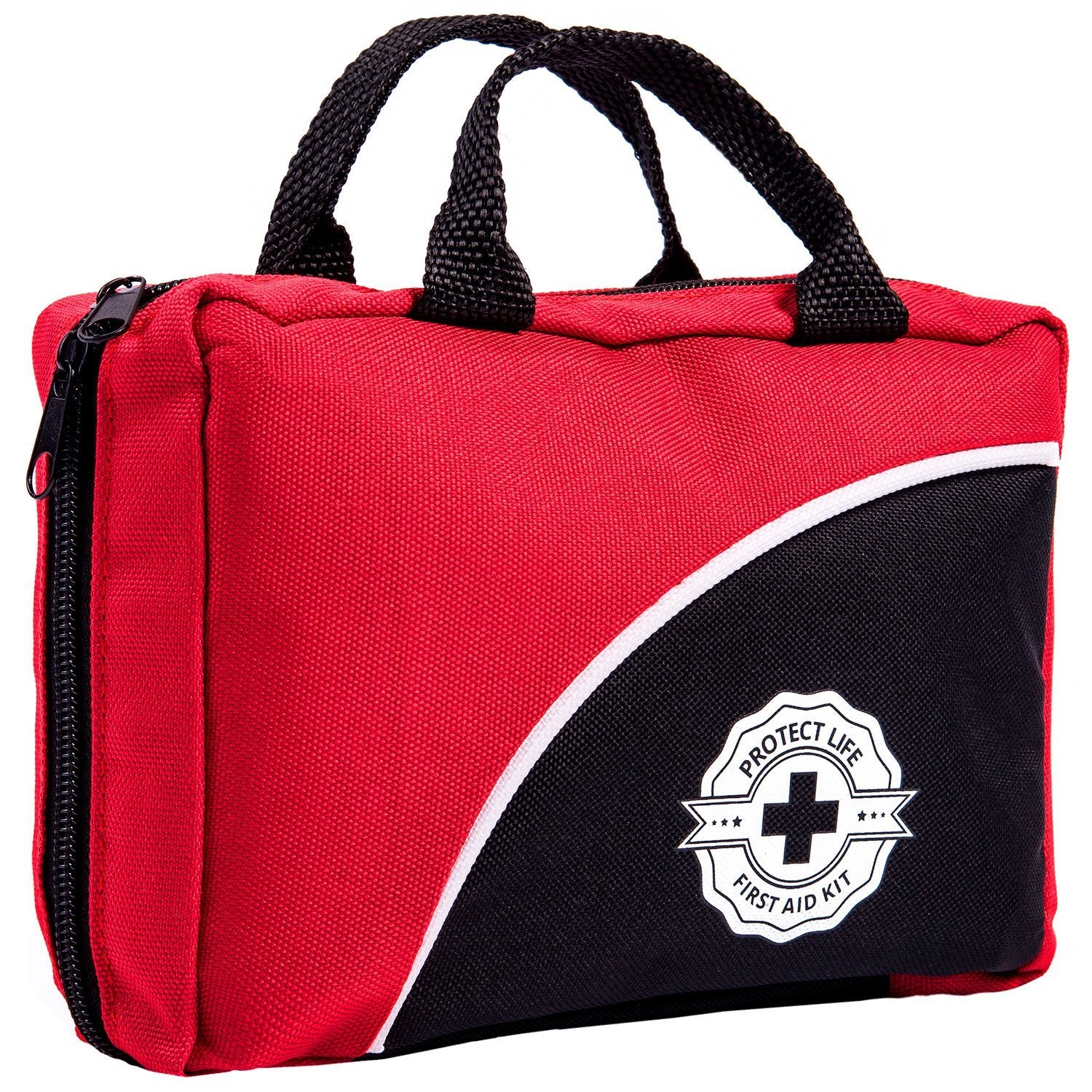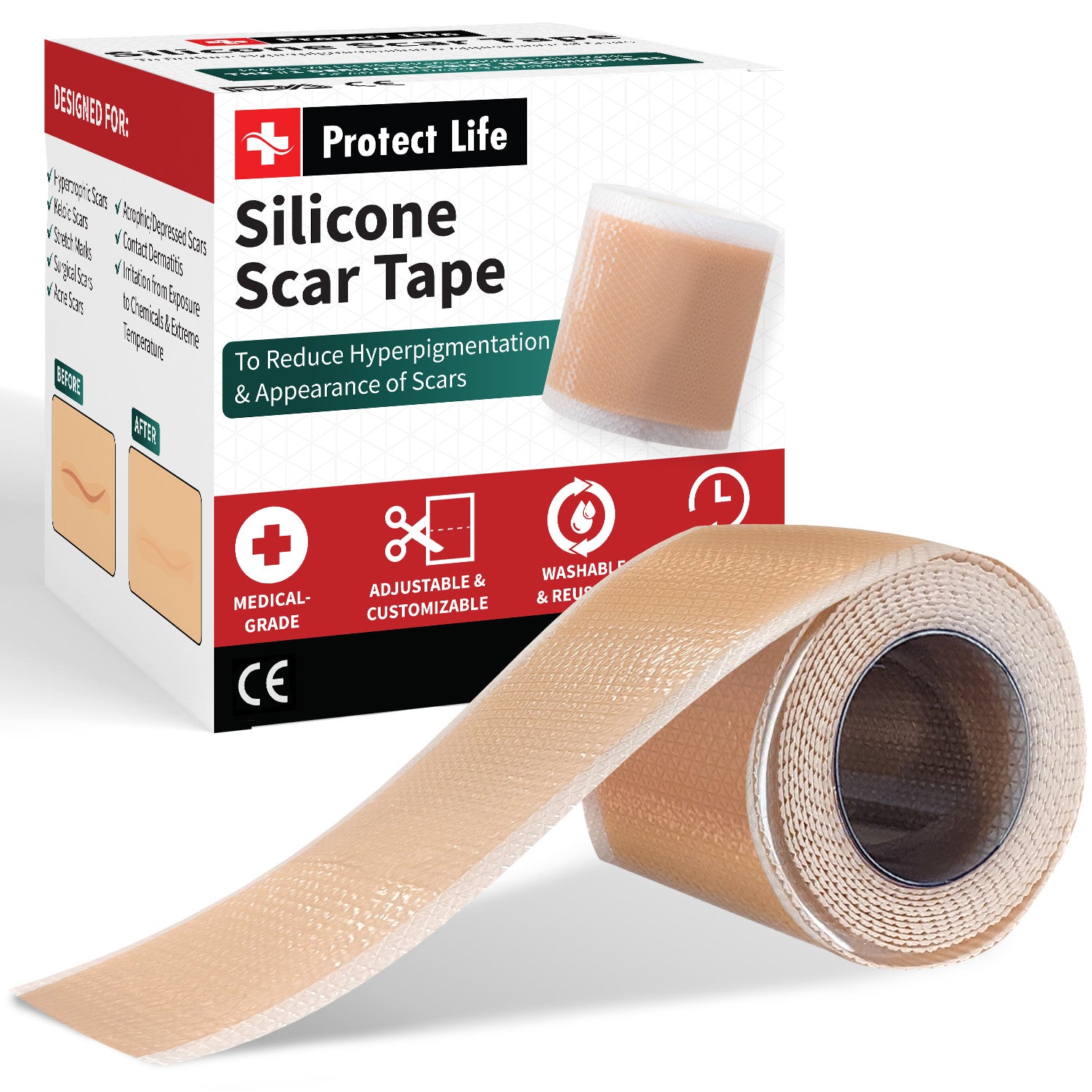The COVID-19 virus can be transmitted by people who don’t show symptoms. That’s why protective face coverings should be worn in public to slow the spread of the virus, which is primarily transmitted through respiratory droplets. The N95 mask is the best face mask respirator in the US. It can filter up to 95% of airborne particles while creating an airtight seal around the face.
Here, we’ll delve into disposable respirators, surgical masks, and cloth coverings to find out how much protection they offer.
N95 Best Face Mask Respirators, Surgical Masks, and Cloth Masks: What’s the Difference?

The N95 mask is the most commonly available respirator in the US. It can filter up to 95% of airborne particles while creating an airtight seal around the face.
Compared to an N95 respirator mask, a surgical mask has a looser fit. It is fluid-resistant, protecting you against respiratory droplets, sprays, and splashes. However, it isn’t designed to protect you against airborne particles.
A cloth mask isn’t considered as personal protective equipment, but it can still prevent respiratory droplets from spreading. More importantly, a cloth mask is reusable and easy to make, which is why the Centers for Disease Control and Prevention recommends them for use by the general public.
If there is a PPE shortage, N95 respirators must be reserved for healthcare workers on the frontlines in the fight against COVID-19.
Reuse and Decontamination of N95 Best Face Mask
To reduce the spread of COVID-19, masks must be worn and cleaned properly. Remember these steps when you’re putting on an N95 mask:
The N95 respirators are usually disposable. Ideally, they shouldn’t be shared and reused. Due to PPE shortages, however, researchers have been testing different ways to disinfect masks for reuse.
If there is minimal to no viral contamination, CDC suggests that an N95 mask can be worn up to five times.
Let’s say you acquire five N95 masks. You can rotate their use each day, allowing each one to dry for at least 72 hours, which is the amount of time it takes for the COVID-19 virus to lose its viability.
When to Use a Mask
Masks must be worn in public settings, especially in communities with confirmed COVID-19 cases. Always check the recommended practices in your area to be safe.
The Importance of Using a Certified N95 Mask
Counterfeit PPEs are reaching the frontlines, putting the lives of health workers at risk. These masks usually cost less than certified respirators, making them more appealing to cost-conscious consumers. Unfortunately, since they haven’t been tested, there’s no way of knowing if they offer appropriate respiratory protection. The counterfeit masks can do more harm than good.
Protect yourself and everyone around you by avoiding counterfeit masks.
Here are a few signs to watch out for:
Most Wanted Type of Mask
N95 masks without valves offer the best protection against COVID-19.
Get yours today HERE – N95 Masks – 20 pack – NIOSH Approved N95 Mask – Respirator Safety Face Mask | US Stock



